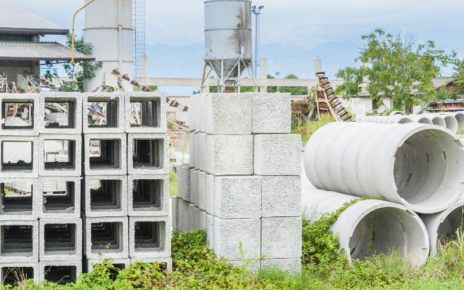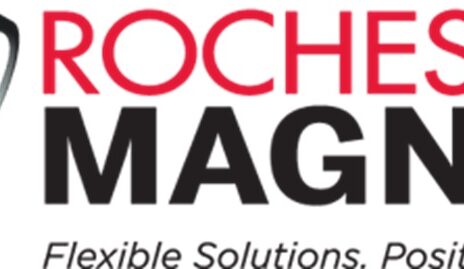Rubber is a versatile material used in various industries for making parts and components that can withstand wear, heat, and other harsh conditions. Customized rubber parts manufacturing involves creating rubber parts and components tailored to specific applications, including size, shape, and function. This blog post will explore the key aspects of custom rubber parts manufacturing.
Benefits of Manufacturing
Rubber parts manufacturing offers several benefits over using off-the-shelf parts, including:
- Better Performance: Custom rubber parts are designed to meet specific application requirements, which can result in better performance, longer lifespan, and improved durability.
- Cost-Effective: Although custom rubber parts may cost more initially, they can save money in the long run by reducing maintenance costs and downtime due to failure or wear and tear.
- Flexibility: Custom rubber parts can be tailored to unique specifications, allowing for greater design flexibility and customization.
Types of Custom Rubber Parts
Custom rubber parts can be manufactured in different forms, including:
- Molded Parts: These parts are created by injecting rubber into a mold cavity and curing it under heat and pressure. Molded rubber parts can be created in various shapes and sizes, making them ideal for complex components.
- Extruded Parts: Extruded rubber parts are created by forcing rubber through a die to produce a continuous profile. Extruded rubber parts are commonly used for seals, gaskets, and tubing.
- Die-Cut Parts: Die-cut rubber parts are created by cutting rubber sheets into specific shapes using a die. These parts are often used for gaskets, seals, and insulation.
Customized Rubber Part Manufacturing Process
- Design and Engineering: The initial stage of the manufacturing process involves designing and engineering the custom rubber part. This involves identifying the specific requirements and selecting the appropriate rubber material.
- Tooling: Once the design is finalized, tooling is created to produce the rubber part. This may involve creating a mold for injection molding, a die for extrusion, or a cutting die for die-cutting.
- Production: The rubber part is then produced using the appropriate manufacturing process, such as injection molding, extrusion, or die-cutting.
- Quality Control: Quality control measures ensure the finished product meets the required specifications and standards.
Factors to Consider When Choosing a Custom Rubber Parts Manufacturer
- Experience and Expertise: Look for a manufacturer with a proven track record of producing high-quality custom rubber parts.
- Manufacturing Capabilities: Ensure the manufacturer has the equipment and expertise to produce your rubber part.
- Material Selection: Look for a manufacturer that can offer a range of rubber materials to meet your requirements.
- Quality Control: Ensure the manufacturer has robust quality control measures to ensure the finished product meets your required standards.
Applications of Custom Rubber Parts
- Automotive: Rubber parts are used in cars and trucks for various applications, including seals, gaskets, and suspension components.
- Aerospace: Rubber parts are used in aircraft for sealing, vibration isolation, and other applications that require resistance to heat and harsh conditions.
- Medical: Rubber parts are used in medical devices for sealing, cushioning, and other applications that require biocompatibility and sterilization.
- Industrial: Rubber parts are used in industrial equipment for sealing, vibration isolation, and other applications that require durability and resistance to harsh conditions.
Conclusion
Custom rubber parts manufacturing offers several benefits, including better performance, cost-effectiveness, and design flexibility. The process involves designing custom rubber parts, creating tooling, production, and quality control. When choosing a custom rubber parts manufacturer, consider factors such as experience and expertise, manufacturing capabilities, material selection, and quality control. Custom rubber parts are applied in various automotive, aerospace, medical, and industrial industries.





